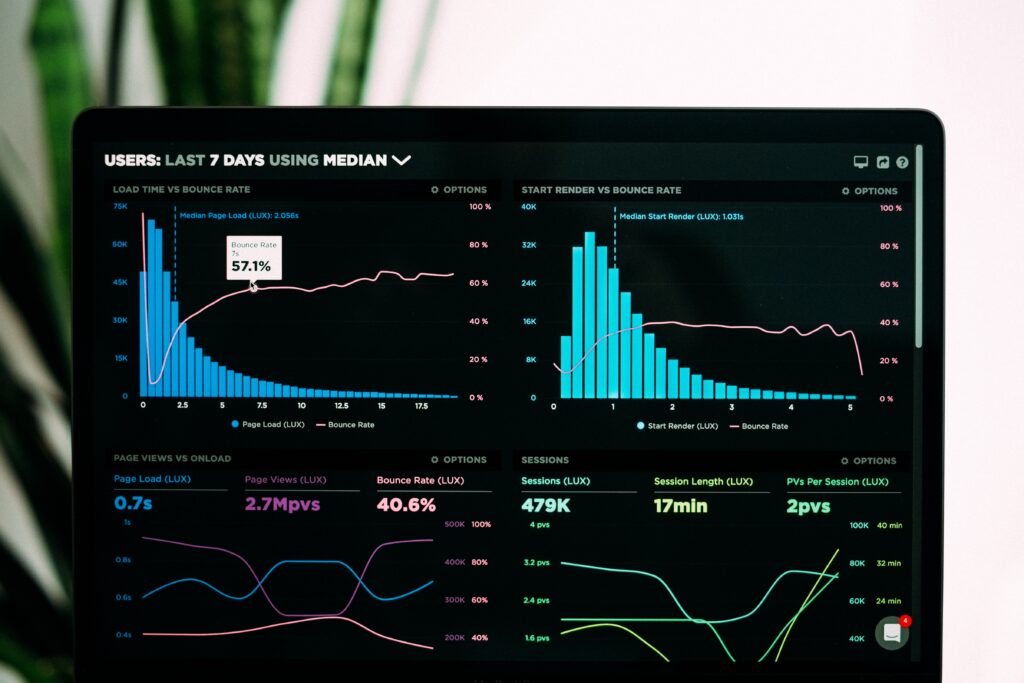UX occupies a crucial place in our current marketing landscape. Against a gloomy economic backdrop that has seen many major industry players freezing or slashing budgets for 2023, a lack of investment is often resulting in digital development slowing, or being deferred entirely.
However, short-term, tactical budget allocations shouldn’t be considered reflective of longer-term trends. Greater scrutiny reveals a larger structural shift towards the integration of digital tools designed to strengthen the relationships between marketing and sales teams, and provide more comprehensive insights into client behaviour.
One key indication of this is the growing consideration of UX concerns in hiring processes, with digital marketing becoming an increasingly prominent field of recruitment. To a degree, this is unsurprising. Digitalisation presents a sea change in how business is conducted and customer experience is created across financial services, and may – if major financial institutions allow it –level out the landscape somewhat.
Indeed, conventional industry giants are in some respects disadvantaged by their large size and diversity of operations, which can result in internal siloing and a lack of cohesion across business functions. The result is that major asset management firms are increasingly dependent on effective tools and processes for internal data-gathering and attribution, with this reliance contributing to the uptick in demand for digital specialists.

More broadly, a digital arms race is taking place in asset management – although the budget cuts demanded by a difficult 2022 have caused it to decelerate. Heightened competition, technological advancements and more exacting client standards have cumulatively fuelled a dash towards internal digital optimisation. In practical terms, this often translates into the use of increasingly sophisticated segmentation software, designed to identify the nuances of different client segments, paired with the more effective distribution of these findings to relevant business functions. This process is, in part, self-perpetuating: increasing quantities of high-quality data require more advanced systems for its processing.
Nonetheless, both the strategies employed by asset managers and the extent to which these strategies have been implemented vary widely. For instance, a range of different frameworks exist for the sharing of client data with distribution teams. Some firms opt to establish cross-functional groups, building collaboration into the structures of their businesses so that different functions work in lockstep.
Another approach is to build ‘Client on a Page’ summations of different client segments. Based on the unifying attributes of these segments, collective opportunity sets are then created, which in turn shape the tactics of sales teams. Quarterly reviews are often in place to ensure that these profiles remain relevant as markets and client behaviours shift.
In terms of specific tools, data visualization software Tableau was repeatedly referenced. This platform offers a means of building visually striking templates, which can be updated and maintained automatically once plugged into an existing tech stack. As the digitalisation process continues, the centrality of tools such as this to a joined-up client experience will only deepen.
Missed the last Investment Marketing Scoop? Read it here:
